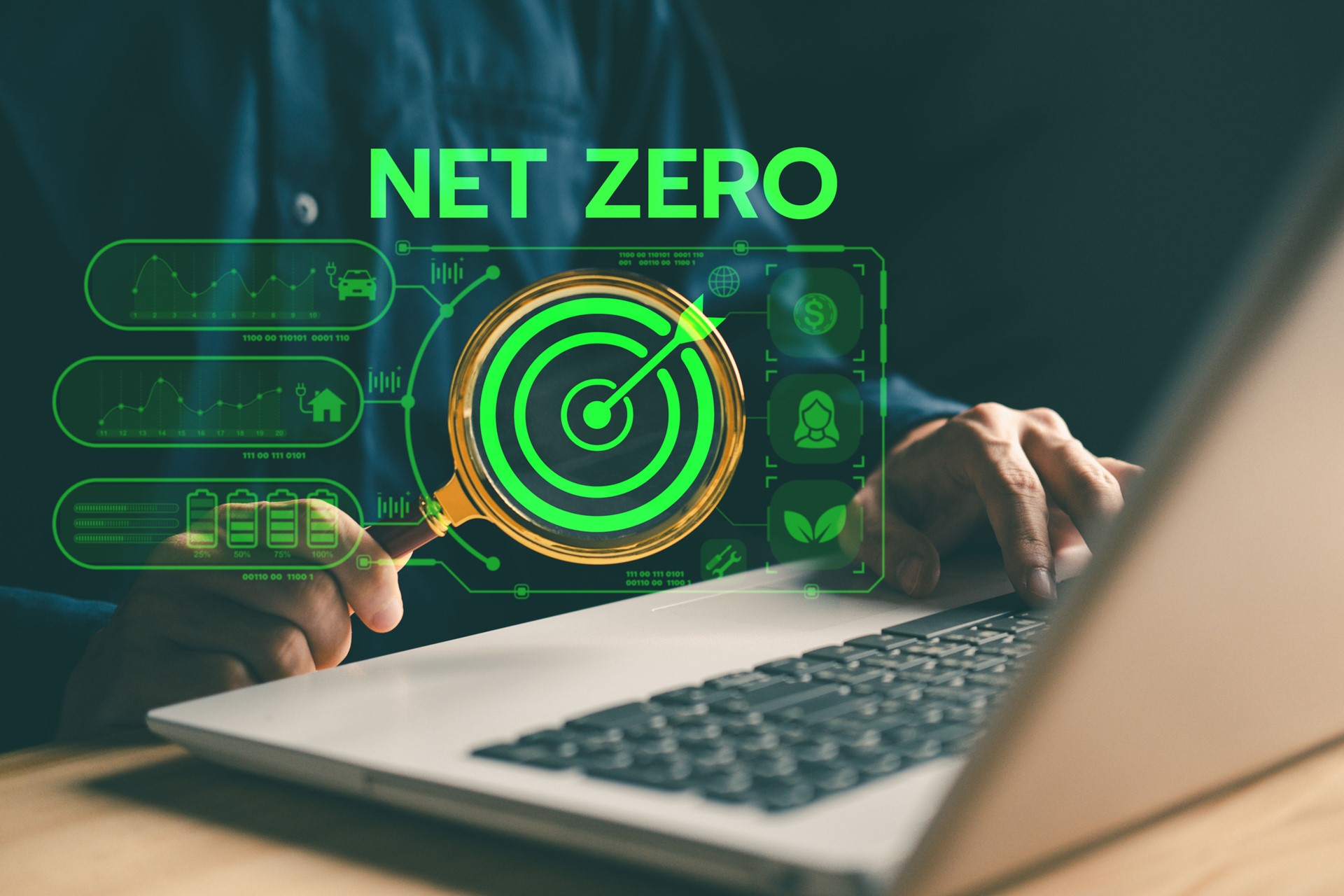SBTi update Corporate Net Zero Standard for climate action
Read time: 3 minutes

Read time: 3 minutes

The Science Based Targets Initiative (SBTi) has released four technical outputs for a more effective approach to the Corporate Net Zero Standard (CNZS).
These amendments have been made by the SBTi to ensure the CNZS aligns with the lates scientific thinking when it comes to addressing business climate impacts and sustainability, with a particular focus on scope 3 emissions, which make up 75 per cent of the average company’s footprint.
The CNZS is designed to give companies a succinct blueprint on how to align corporate net zero strategies with climate science. Set up in 2014 as a collaboration between CDP, the UN Global Compact, World Resources Institute, and WWF, SBTi officially launched the CNZS in October 2021.
Overall the CNZS outlines guidance, criteria, and recommendations companies can use to set clear science-based targets consistent with the Paris Agreement’s primary target of limiting global temperature increases to 1.5C. The four key components of the CNZS are:
The CNZS covers Scope 1, 2 and 3 emissions with SBTi requiring 67 per cent of Scope 3 emissions to be included in a corporation’s boundary for short-term targets, and 90 per cent for long term.
The SBTi’s report has taken into consideration the difficulties organisation’s face when attempting to calculate their Scope 3 emissions. As a result, their latest paper outlined two key elements.
First, the introduction of outcome or alignment-based metrics. In short, this rules out the broadly contested strategy of carbon offsetting and places focus on emissions reduction techniques.
The second element is a selection of scenarios in which Environmental Attribute Certificates (EACs) can be used. The SBTi breaks down EACs into two categories, carbon credits and commodity certificates. Commodity certificates are instruments which certify and convey sustainability information about the production of a commodity, such as energy certificates or sustainable aviation fuel certificates.
The five scenarios in which EACs can be used are as follows:
Overall, the SBTi’s report offers suggestions for the use of EACs as part of an organisation’s climate strategy. The SBTi is currently accepting feedback on its paper up until 12 September 2024, which can be submitted using this form.
“Today’s announcement marks a key step in the revision process for the Corporate Net Zero Standard,” says Sue Jenny Her, Interim CEO at SBTi. “Over the last decade, the SBTi has validated the targets of over 5,000 companies with another 3,000 companies having committed to submit targets for SBTi validation. Targets are the first step to decarbonization and it is important that the SBTi conducts a comprehensive process to revise the Standard to help companies take the lead on climate action and drive down emissions.”
The SBTi’s latest technical updates to their Corporate Net Zero Strategy is a clear indicator of the importance and complexities of both direct emissions reductions and Scope 3 emissions. If your organisation isn’t accounting for the emissions that it is indirectly responsible for, such as the transportation and distribution of its product, or the end-of-life disposal of the product, your net zero strategy won’t be as impactful as it needs to be and will fall short on targets.
The surest way to get to grips with your Scope 3 emissions is to gather a good, well-informed team and engage with your suppliers in a meaningful way to ensure transparency. Scope 3 emissions can be overwhelming, so don’t go too deep into the data. Finally, early indications of how much you spend on goods is a great place to start when gathering this data. By doing these things, you can develop more meaningful net zero strategies that align with the science.
Alasdair Dalzel-Job, Technical Lead, Green Economy


Share